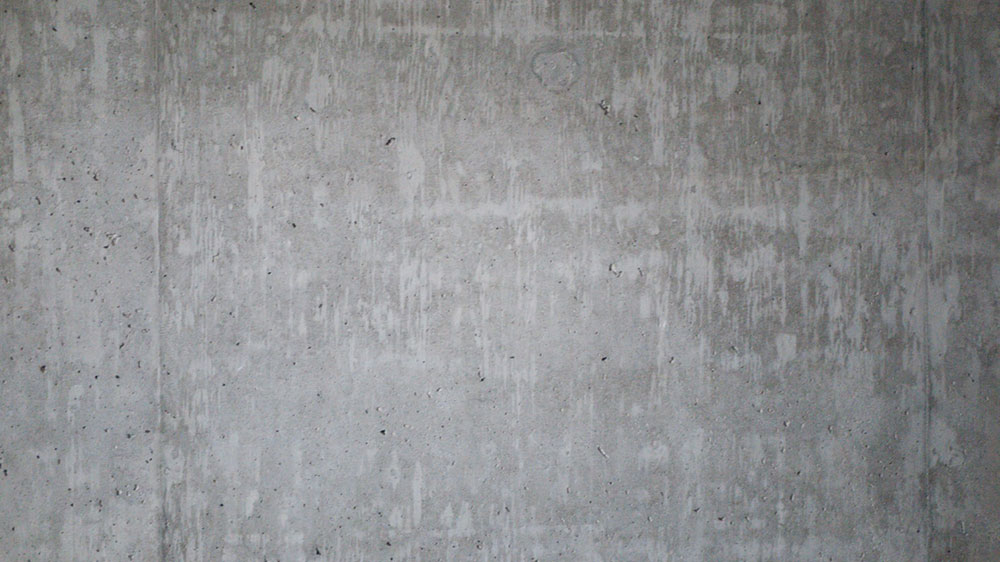Advertisement
Formwork, which is used during concrete construction, is also referred to as shuttering. It is a type of structural mold where fresh concrete is poured and then hardened. When dealing with or learning about this process, there are a few things to know and keep in mind.
- Formwork Accounts for Almost 25% of a Structure’s Cost
What many people don’t realize is that concrete and Steel Formwork make up about 25% of the total cost of any structure. That’s because it is a big job. The good news is, stripped concrete formwork can be reused, which will reduce the overall cost and time of the project. The reusable forms are called “panel forms,” and the non-reusable forms are referred to as “stationary forms.”
- Timber Is the Most Commonly Used Material for Formwork
While formwork is used in many construction sectors, timber is the material most commonly used. The timber must be easy to work, lightweight, and well-seasoned. It should also be free from any loose knots. The main downside of using timber is that it may warp. However, with water-based treatments, it can reduce this.
- Fiberglass, Plywood, and Steel Are Also Used for Formwork
Along with using timber, this formwork can also be made from fiberglass, plywood, and steel. These are materials that can be used together or separately.
For civil construction, the most common material used is steel. This formwork consists of different panels that are actually thinner steel plates that have stiffened on the edges through the use of small steel angles. The panels can be held together using bolts, nuts, and clamps, and are produced in larger quantities in any size or shape.
- Quality Formwork Will be Light and Strong
Quality formwork is going to be strong enough to hold up to all types of loads. However, it also needs to be as light as possible. It is necessary for the formwork to be constructed in a rigid matter, but also braced vertically and horizontally so that it will maintain its shape. Also, the formwork’s joints need to be sealed against any potential leakage and a firm base should be present.
- Formwork Cost Can be Reduced
Even though formwork makes up a major part of the structure, it is possible to reduce them. To do this, the building’s design should be slender, and minimal cutting and sawing need to be made to ensure the material is reusable several times.
- Steel Formwork Is Able to be Resold
Due to its strength, formwork has a long working life. There is also a good used market for concrete formwork that is made out of steel. When concrete formwork is sold after a project, contractors can make money on it. Also, buying surplus formwork for any project is a smart way for contractors to save money.
- Formwork Is Long Lasting
When concrete or steel formwork is installed by the professionals, it will be long-lasting and durable. This is essential for modern buildings.
As anyone can see, the use of concrete or steel formwork is something that will ensure the long-term stability and durability of any building or project. Keep the tips and information here in mind to ensure the desired results are achieved and that the building is designed to last.

